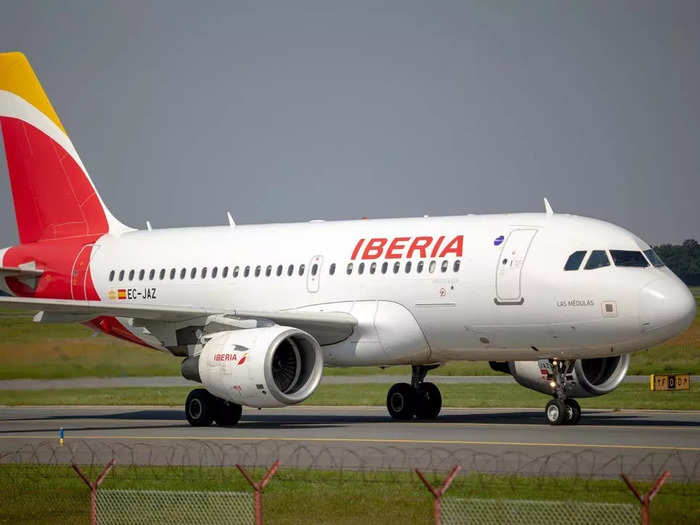Russia's airspace ban is reminiscent of the Cold War-era when most airlines couldn't fly over the country see the history of the Siberian Corridor
Taylor Rains

- Flying over Russia has been a battle for international airlines due to airspace restrictions imposed by the country.
- Russia has used its airspace as a geopolitical tool to get countries to do what it wants.
Flying across foreign airspace has historically been an open right for airlines, with most countries in the world allowing international transit without restrictions.
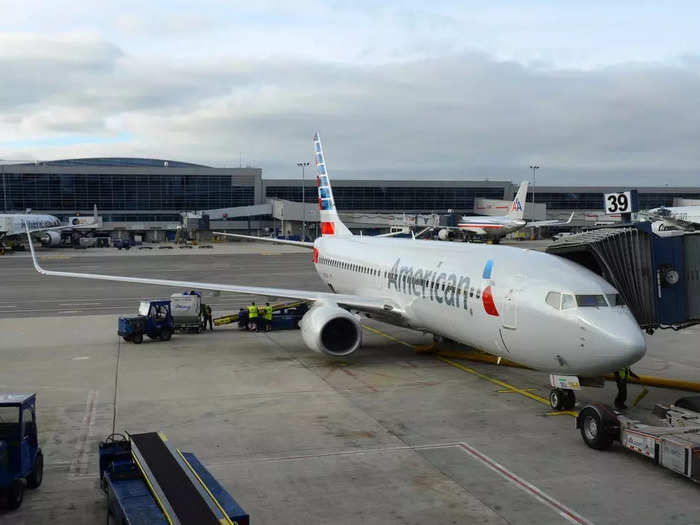
However, the Russian invasion of Ukraine has muddied the waters, forcing Russia, the European Union, and other Western nations to close their airspace in tit-for-tat sanctions.
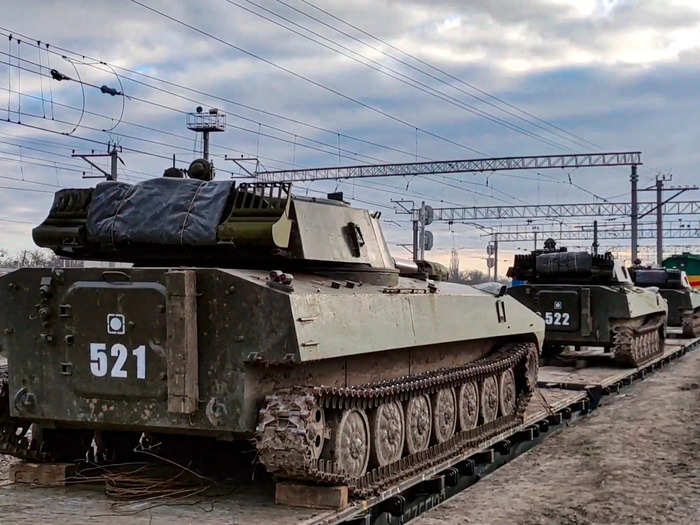
While Russia's flight ban has forced carriers to add hours of extra time to certain routes, strictly controlled Russian airspace is nothing new. For decades, the country has only allowed certain global carriers to fly its skies.
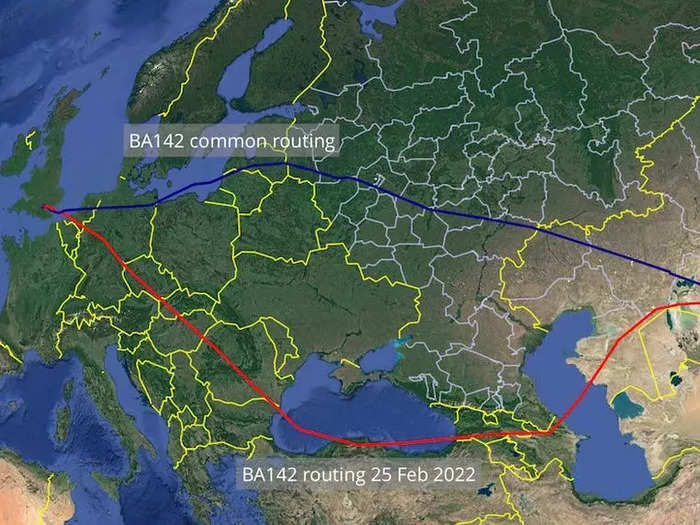
This is because Russia has refused to join the 1944 International Civil Aviation Organization's Transit Agreement, which allows any airline to fly in any participating country's airspace.
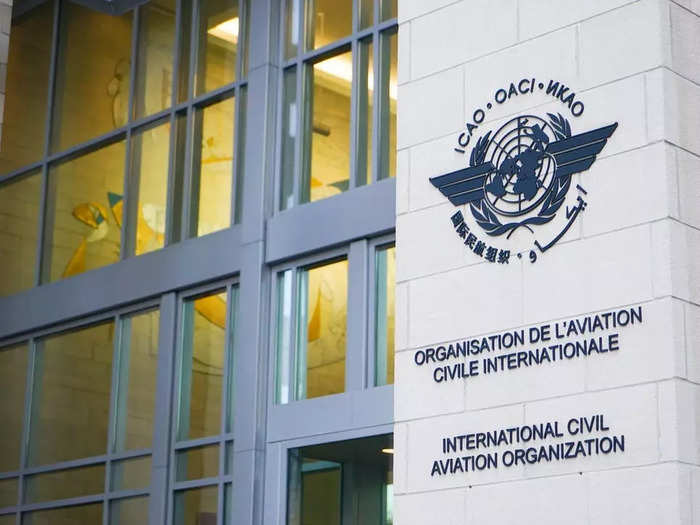
Source: ICAO
Instead, it has turned its skies into a political weapon. Here is the history of Russia's coveted Siberian Corridor.
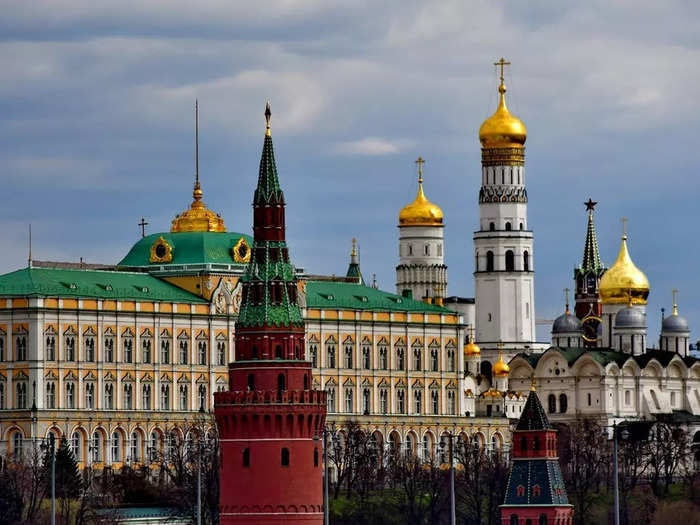
During the Cold War, the Soviet Union would not allow anyone to fly over its airspace except for its own carriers. This created a huge barrier for travel, particularly for airlines shuttling people between Europe and Asia because they could not get from one to the other quickly or easily.
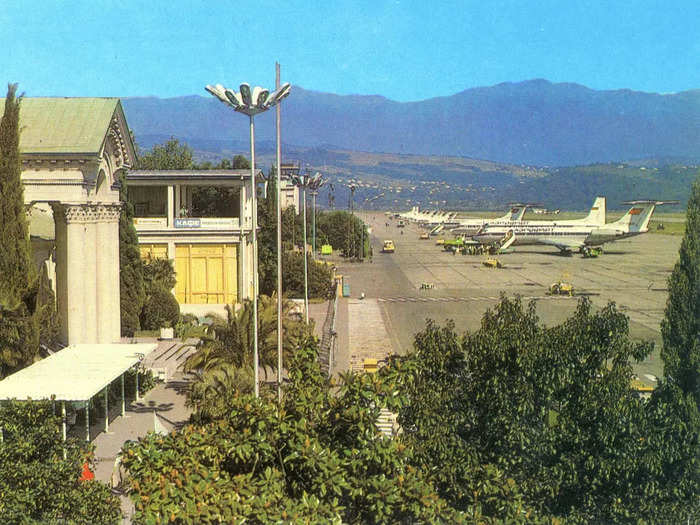
Source: Chicago Tribune
For example, UK-based British Overseas Airways Corporation, which would later become British Airways, spent 36 hours and 10,000 miles to get from London to Tokyo, two cities that were just 6,000 miles apart if the carrier flew over the closed Soviet Union airspace.
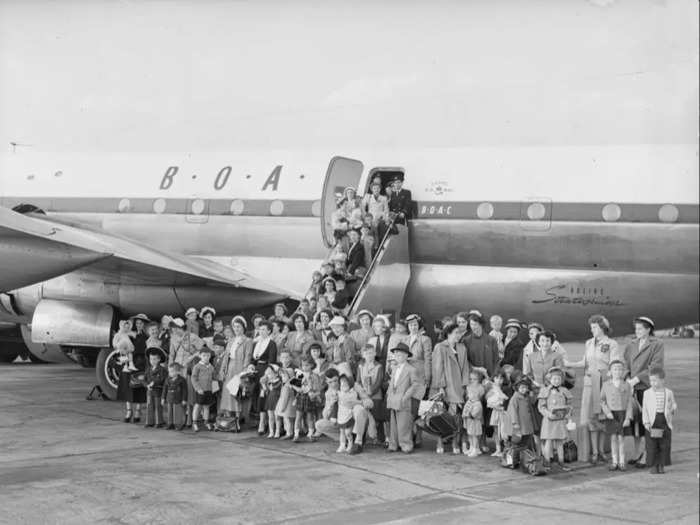
Source: BAE Systems
However, that option was off the table. So, to make the journey, BOAC had to fly from London, and stop in eight cities across Europe and Asia before getting to Tokyo to circumvent Soviet airspace.
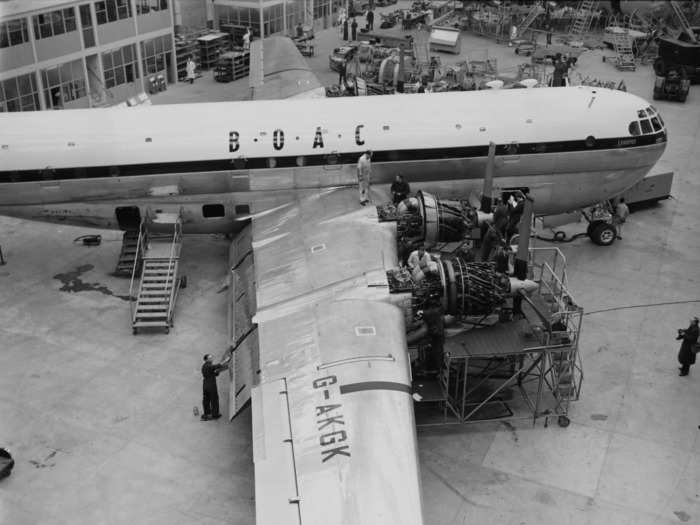
Source: BAE Systems
Stops included places like Rome, Italy; Karachi, Pakistan; and Bangkok, Thailand.
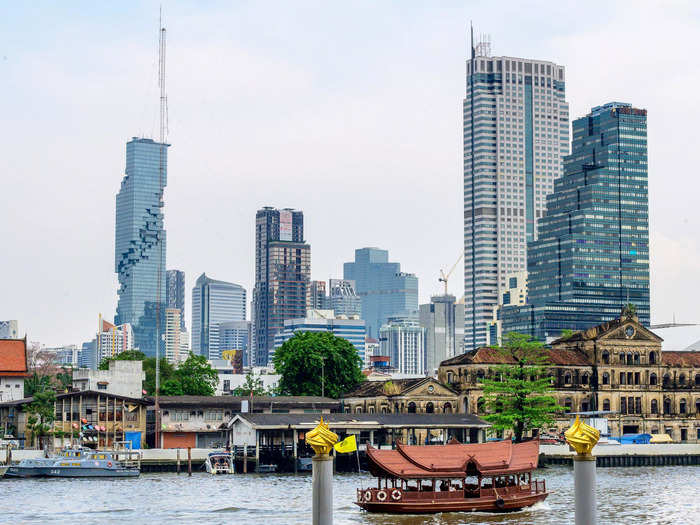
Source: Routes Online
The 36-hour journey used BOAC's comet jet, though the company also used smaller turbo planes which made the journey in a whopping 88 hours.
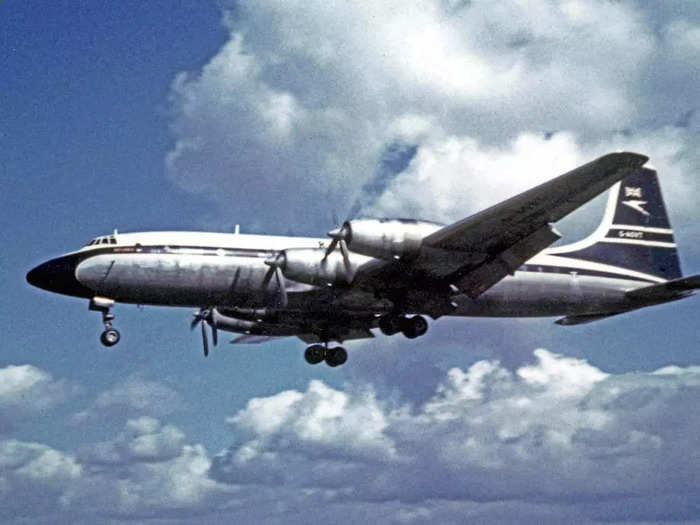
Source: New Atlas
While this route worked, it was inefficient, expensive, and painfully long, but there was a better way.
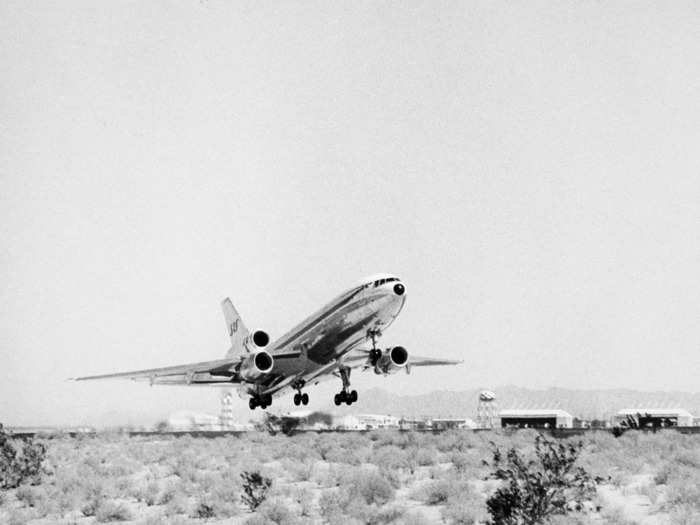
Source: New Atlas
In 1957, Scandinavian Airlines started flying over the Arctic after developing the technology needed to ensure traditional magnetic compasses worked over the North Pole. From Denmark, it stopped in Kangerlussuaq, Greenland, and Winnipeg, Canada before landing in Los Angeles, cutting the journey time from 36 hours to just 22.
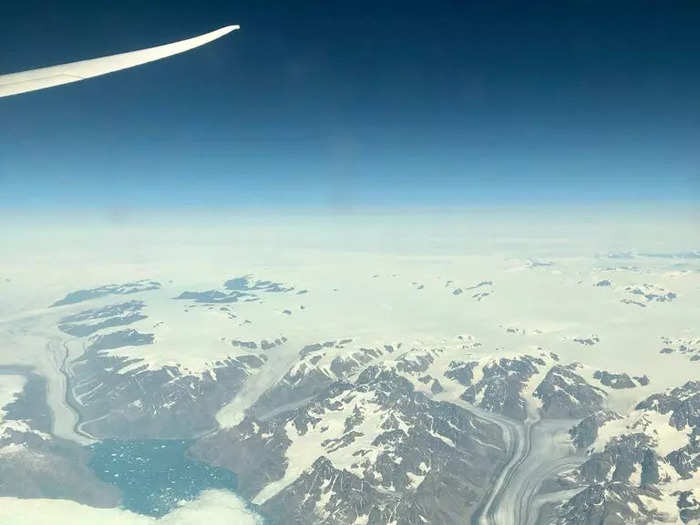
Source: SAS, Scandinavian Traveler
Soon after, SAS flew a DC-7 on a polar route from Copenhagen to Tokyo via Anchorage, avoiding the treacherous journey south of the Soviet Union and pioneering a new way of travel.
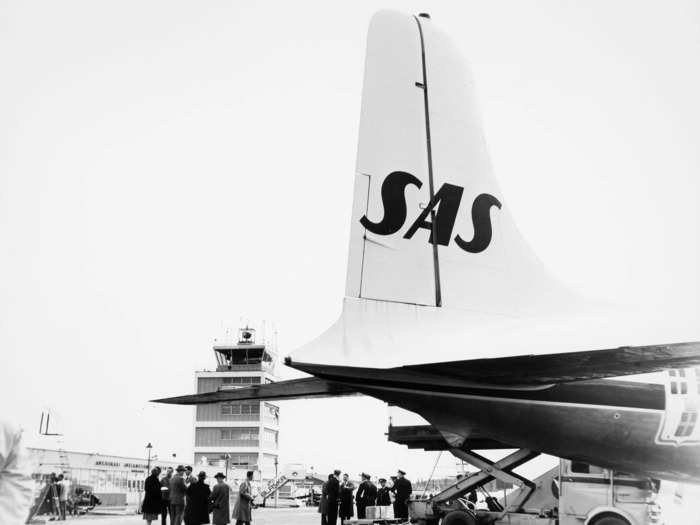
Source: SAS, Scandinavian Traveler
Leaving from London, BOAC also started flying north above the USSR, stopping in Anchorage, Alaska, before heading to Tokyo. What once took up to 88 hours was now just a 17 and a half hour journey.
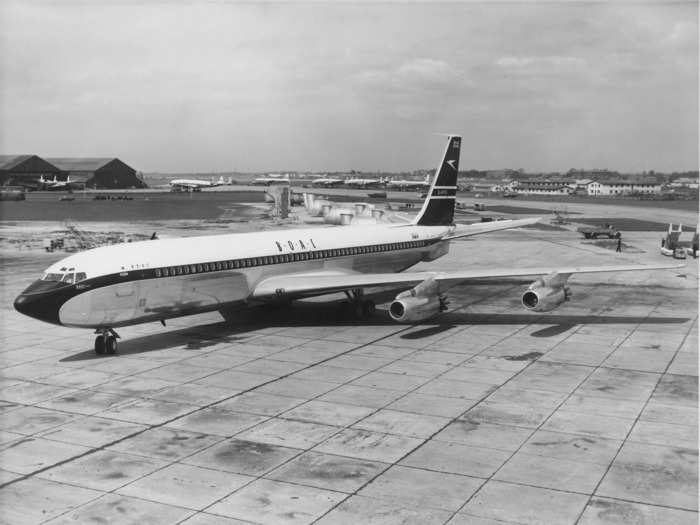
Source: SAS, British Airways
With the success of the polar route to Asia, almost every other major European carrier followed in BOAC's footsteps, creating a huge boom for Anchorage.
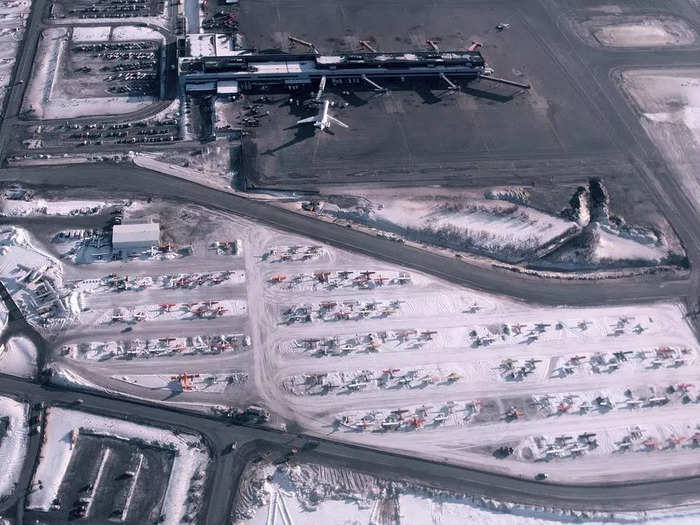
Source: Airways Magazine
During the 1970s, Anchorage was served by a number of major international carriers, like Lufthansa, Japan Airlines, and KLM making it one of the most connected cities in the world at the time.
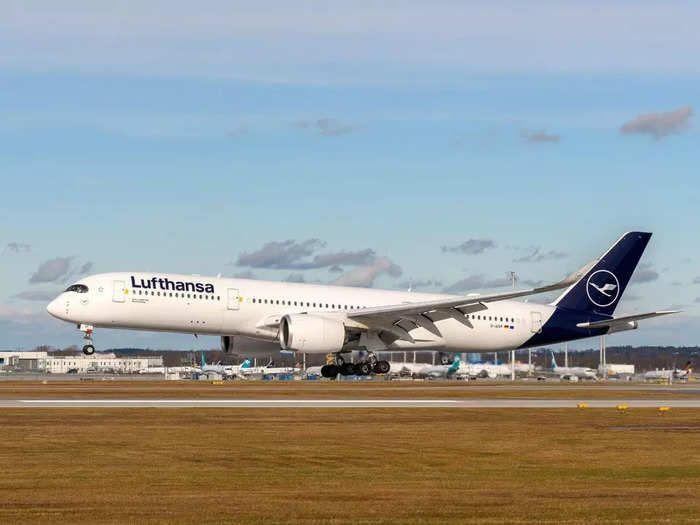
However, not all airlines needed to stop in Anchorage.
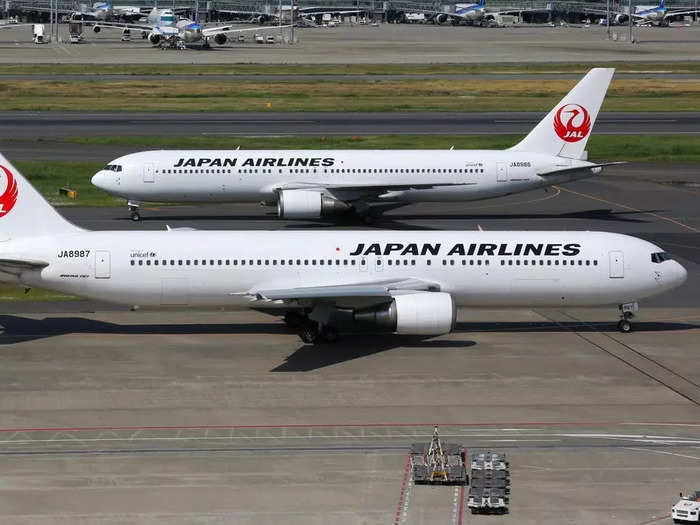
Source: New York Times
In 1966, Russia signed an agreement with Japan Airlines to allow JAP to fly over Russian airspace using aircraft and flight crews provided by the Soviet national carrier, Aeroflot. The cabin crews consisted of employees from both airlines.
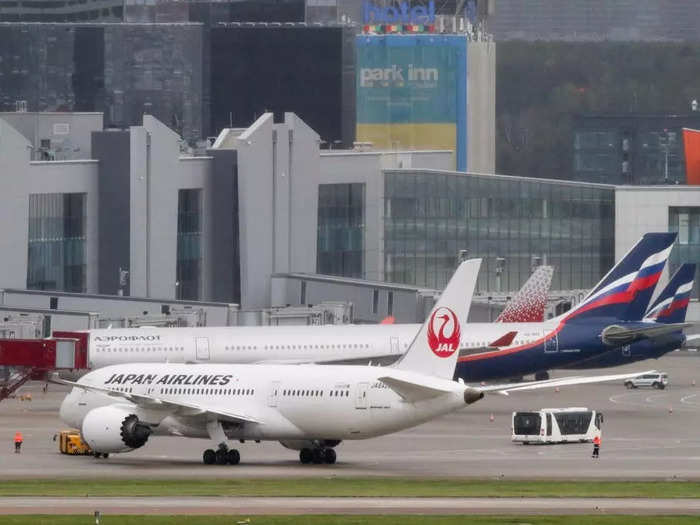
Source: Japan Airlines
In 1967, the first-ever commercial flight using the Trans-Siberian Air Corridor took off from Moscow's Sheremetyevo Airport to Tokyo. Tu-114 aircraft were used for the flights and the journey time was shortened to 11 hours because there was no need for a stop.

Source:Japan Airlines, The New York Times
The following summer, Air France, the British Overseas Airways Corporation, and KLM followed JAP with flights between Japan and European cities like Paris and Frankfurt.
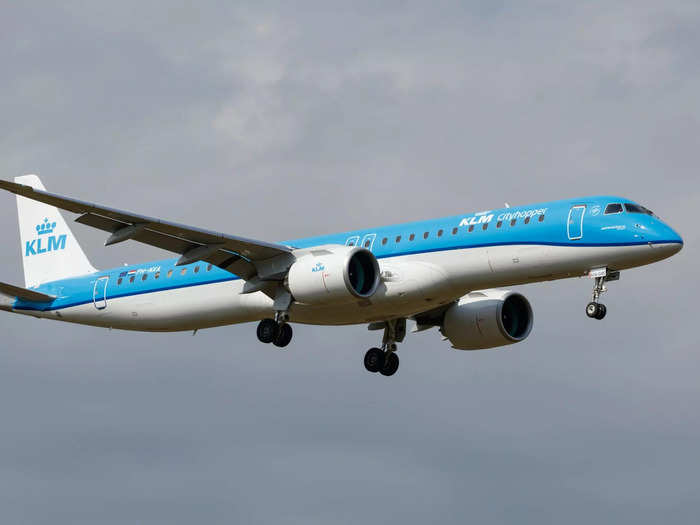
Source: The New York Times
All flights had to make a mandatory stop in Moscow, forcing the airlines to pay hefty fees. However, the carriers found that it was still more economic to pay Moscow's fees than spend extra fuel and time circumventing Russia.
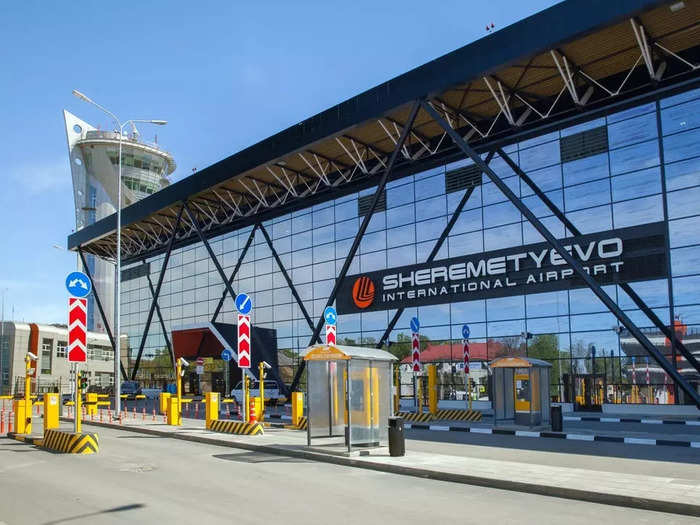
Soon, stopping in Anchorage became less necessary. Not only were some airlines allowed to fly over Russian airspace, but others also started using modern, longer-range jets that could make the journey from Europe and Japan nonstop.
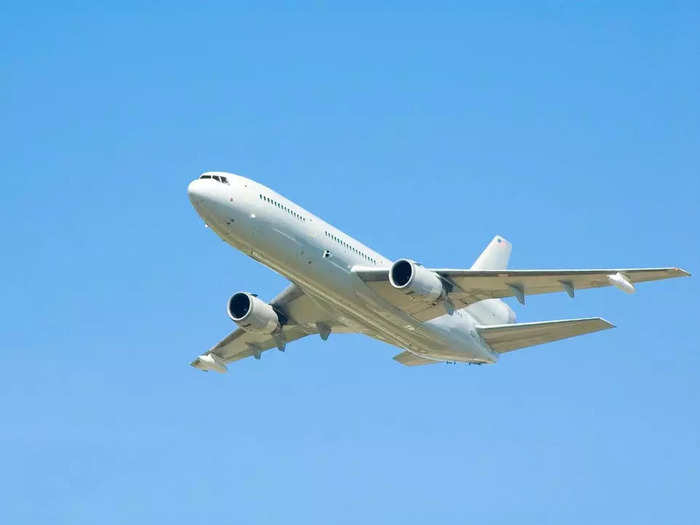
Source: The Wall Street Journal
Finnair, for example, started flying widebody planes over the North Pole to Tokyo nonstop in 1983 by adding extra fuel tanks onboard.
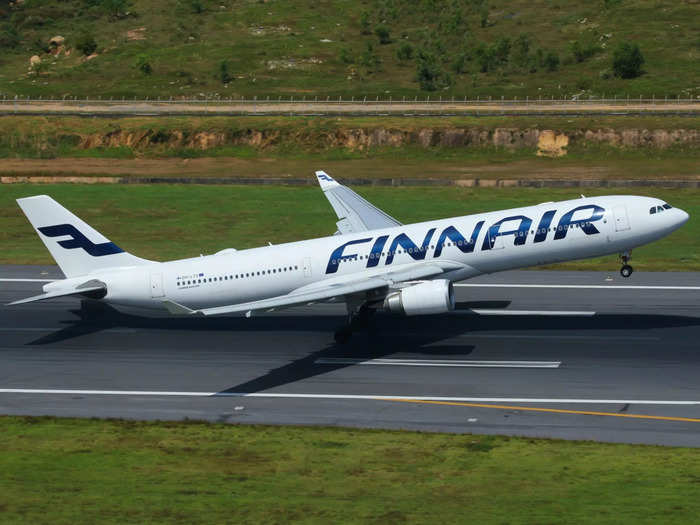
Source: Finnair
The flight cut the journey to 13 hours. While the trek would only take nine hours flying directly over the USSR, flying around Russia was still less time than stopping in Anchorage. At the time, Finnair was the only airline flying nonstop between Western Europe and Japan.
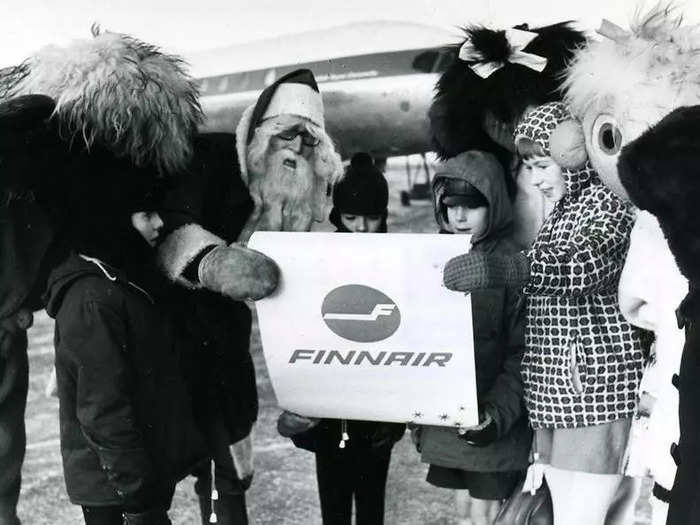
Source: Finnair
The Alaskan city also started seeing less traffic with the fall of the Soviet Union, which prompted Russia to open its airspace to more major European and Asian airlines beyond its special allowance for carriers like Japan Airlines and KLM.
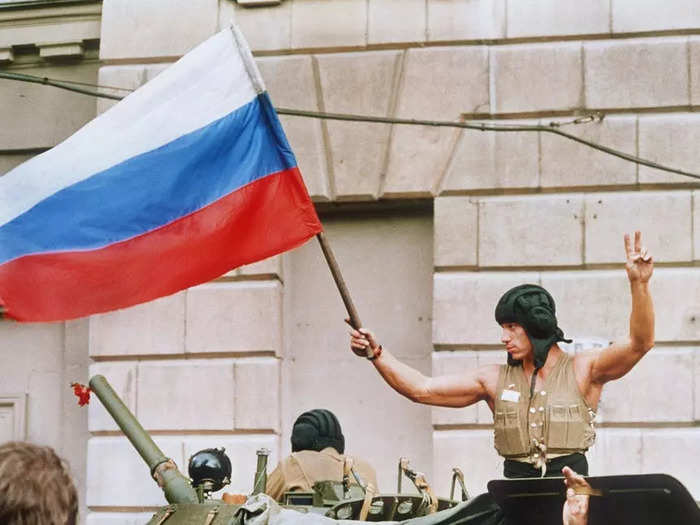
Source: Anchorage Airport
With the newfound flyover rights, more carriers started flying directly over Siberia between Europe and Asia, leaving Anchorage's new international terminal barren. The airport has only recently started picking back up during the pandemic as e-commerce and cargo demand booms.
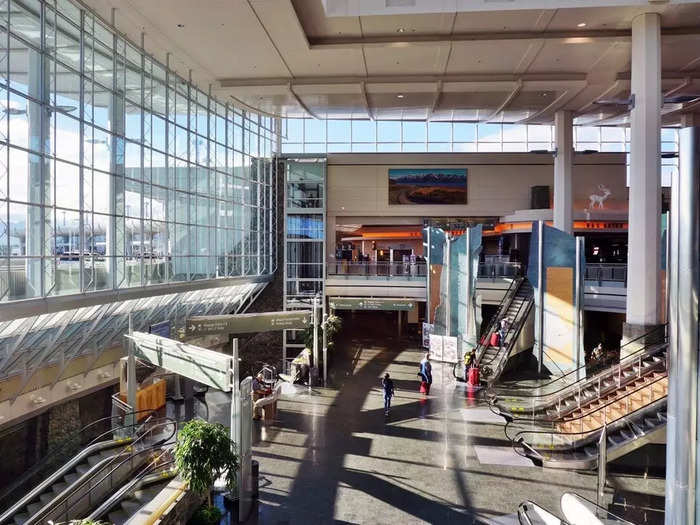
Source: Anchorage Airport
Russia's relaxed airspace restrictions proved to be a major economic gain for the country because it could charge hefty fees to airlines who fly over. According to IATA, Siberian overflight fees could be up to $3,500, which were then handed down to the passenger.
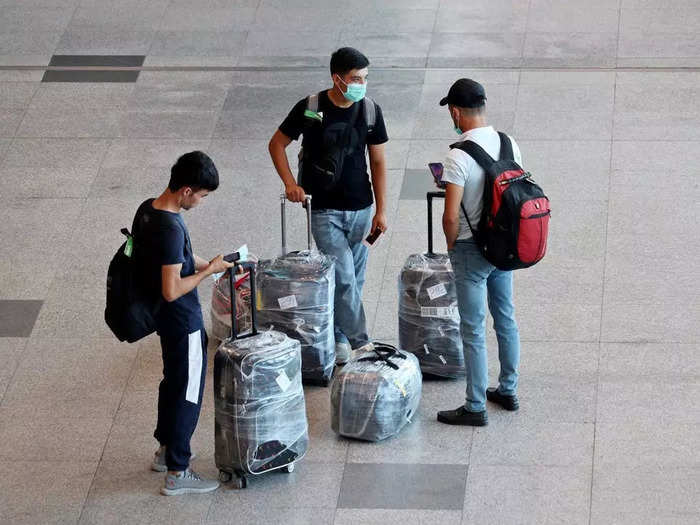
Source: EU Business, The Wall Street Journal
According to the EU, Russia imposed "discriminatory charges" that amounted to nearly $400 million since the Soviet's fall. However, the country normalized its fees for airliners flying over its airspace after it joined the World Trade Organization in 2012.

Source: EU Business, The Wall Street Journal
While the country does not impose excessively high fees anymore, it still has not signed the International Civil Organization's Transit Agreement, meaning it can still pick and choose which airlines fly through its airspace.
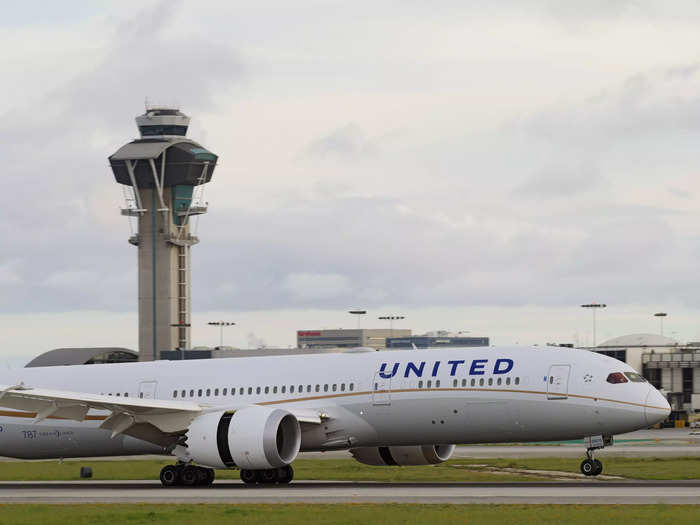
Source: South China Morning Post
For the most part, only one airline per European country can fly over Russia, like Lufthansa from Germany...
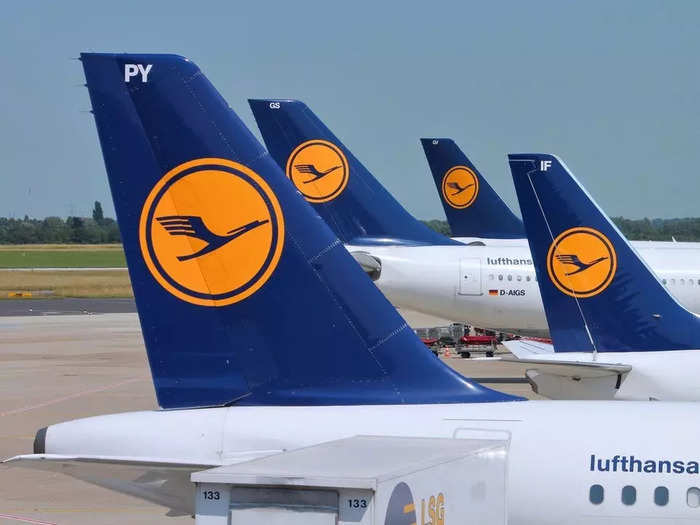
Source: South China Morning Post
However, England is an exception because Russia grants flyover rights to both British Airways and Virgin Atlantic.
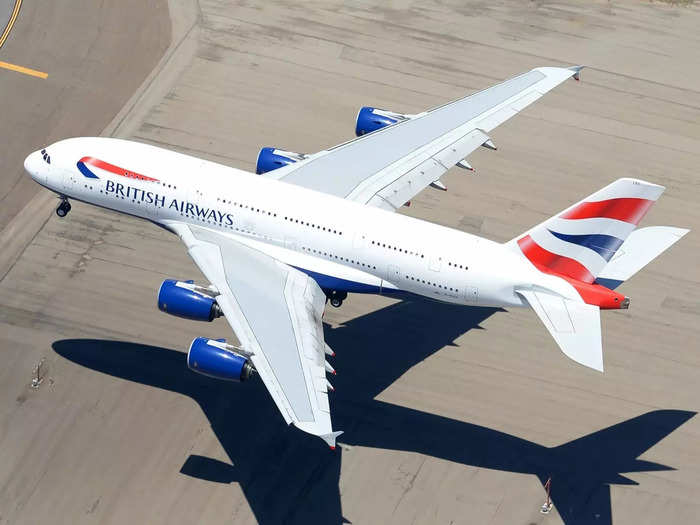
While the policy was not a problem for decades, it became a hurdle for low-cost carriers during their rise in the 1990s. Particularly, Norway-based Norwegian Air Shuttle was continuously denied permission because SAS already holds Siberian overflight rights for Scandinavian carriers.
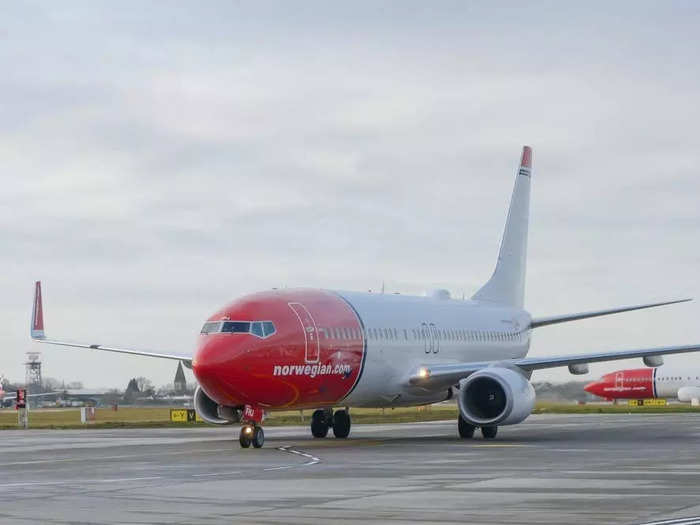
Norwegian argued that it is based in Norway, while SAS is based in Denmark, so it should be given permission as a Norwegian carrier. However, SAS is partially-registered in Norway, so Russia maintained its restrictions.
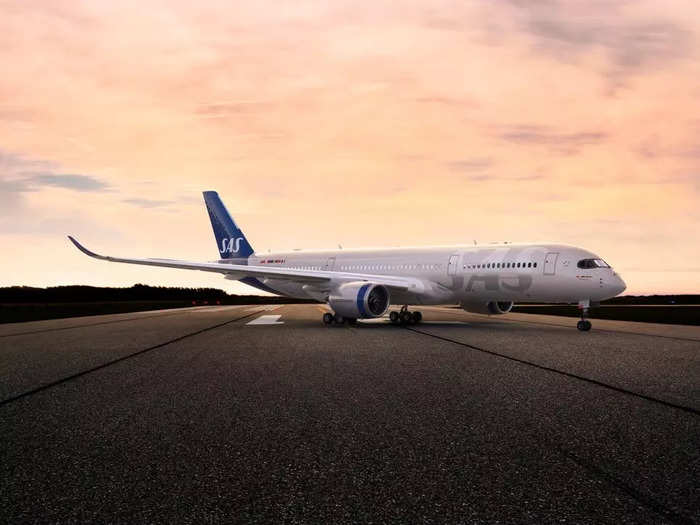
While Norwegian is no longer flying to Asia due to financial struggles caused during the pandemic, Russia's refusal to grant access to its airspace was a challenge that kept the carrier from expanding east.
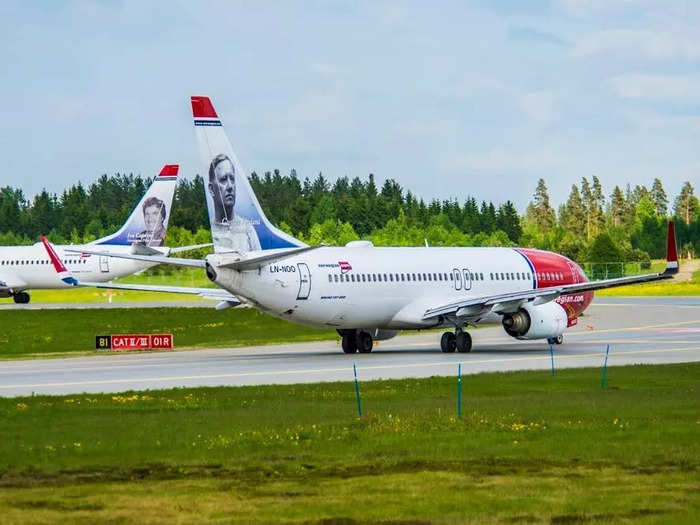
As far as US airlines, there have not been any longstanding agreements between US carriers and Russia like is seen in the EU. According to Bloomberg, overfly rights have been granted on a "patchwork" basis in which Russia would renew allowances every six months or less depending on the carrier.
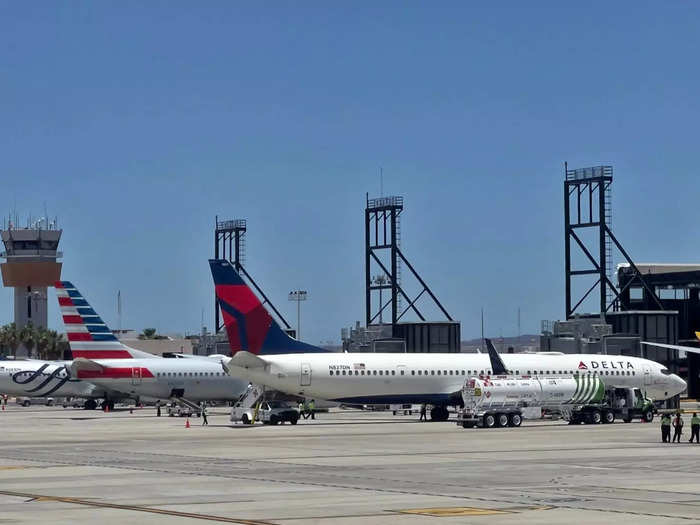
Source: Bloomberg
In 2021, Russia approved an extension to the use of its airspace by US carriers, ensuring operations could continue.
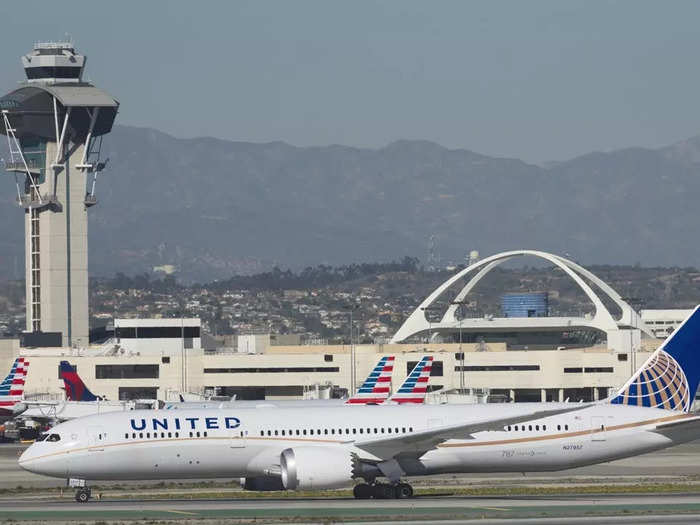
Source: Reuters
That is until Russia invaded Ukraine on February 24, 2022. Since the attack, Russian airlines are having airspace problems of their own, and most Western nations cannot fly over the country.

Source: Fox Business
UK Prime Minister Boris Johnson banned Russian flag carrier Aeroflot shortly after the invasion as part of the country's "largest-ever" set of sanctions against the Eastern European nation.
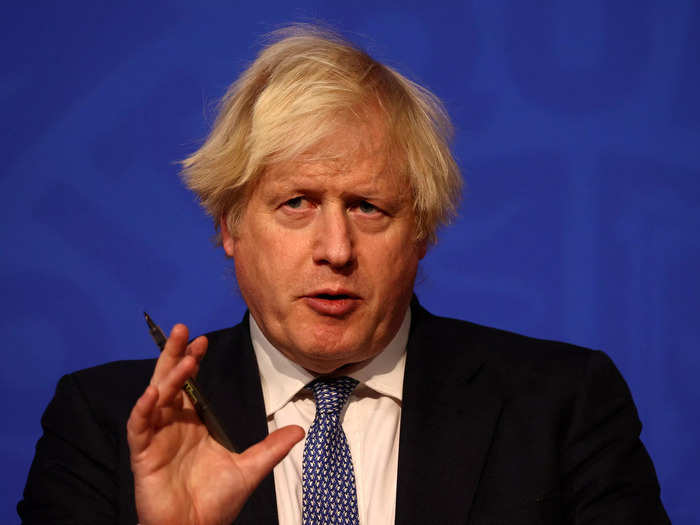
Founded in 1923, Aeroflot is Russia's state-owned airline and offers flights to over 150 destinations, including four in the US: New York City, Miami, Los Angeles, and Washington DC.
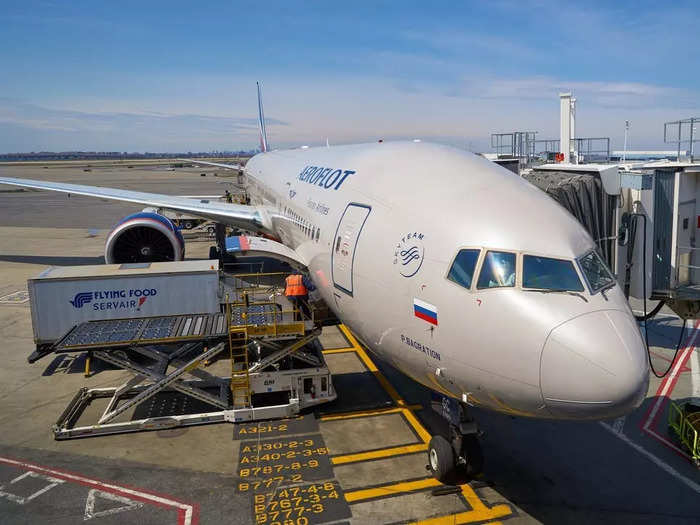
Source: Insider
In the US, Delta Air Lines announced on February 25 that it was suspending its codeshare agreement with Aeroflot. Soon after, President Joe Biden closed US airspace to Russian aircraft.
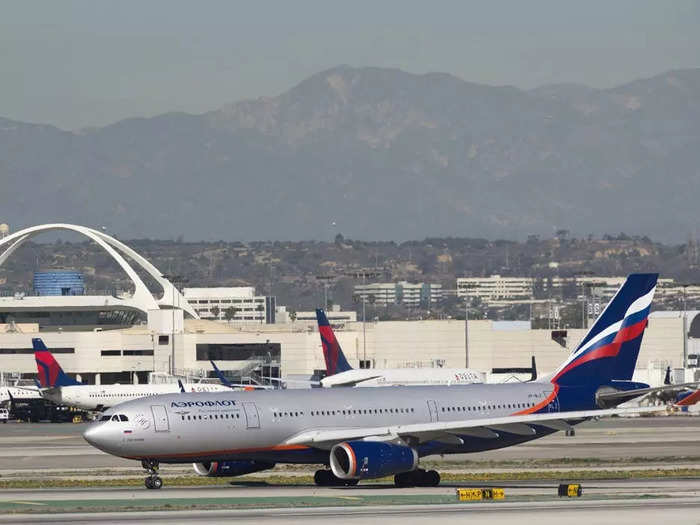
Russia's airspace ban is part of the nation's retaliation against the West, but it is not uncommon for Russia to use its skies as a political weapon.
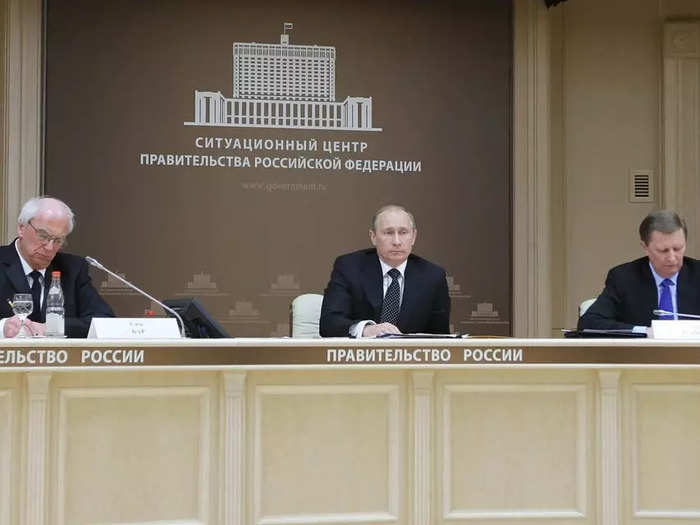
Source: The Washington Post
For example, in 2014, the country threatened to close its airspace to European carriers in response to sanctions against the nation, similar to what the world is seeing today.
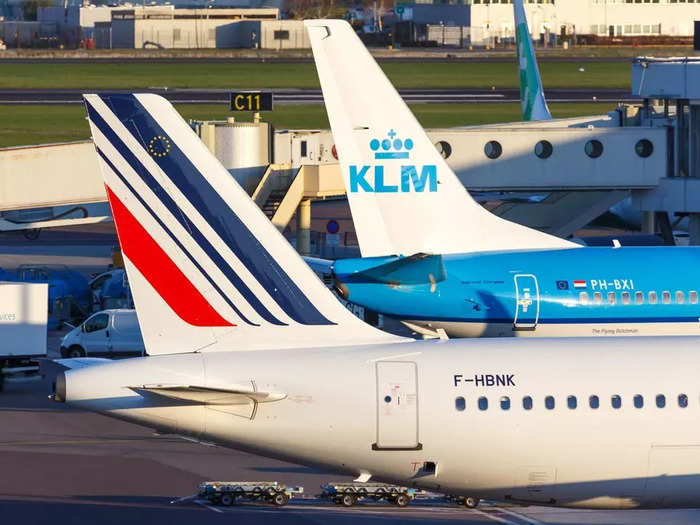
The need to "bypass our airspace could drive many struggling airlines into bankruptcy," former Russian president, Dmitry Medvedev, said at the time, according to The Washington Post.
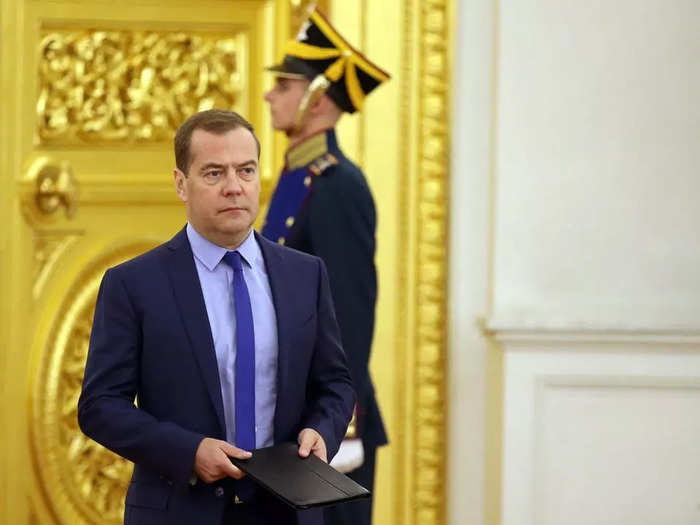
Source: The Washington Post
Now, as sanctions continue, some analysts say the use of Russian airspace may revert to Cold War-era flying, with airlines taking long routes around the country and using Anchorage as a needed fuel stop once again.
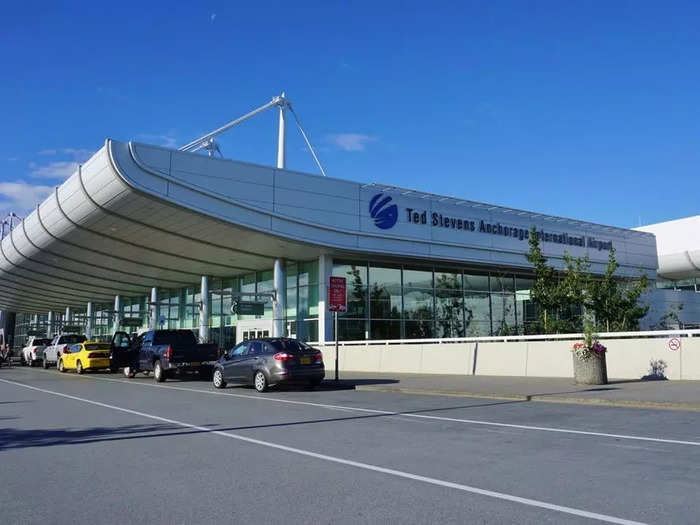
READ MORE ARTICLES ON
Popular Right Now
Popular Keywords
Advertisement
